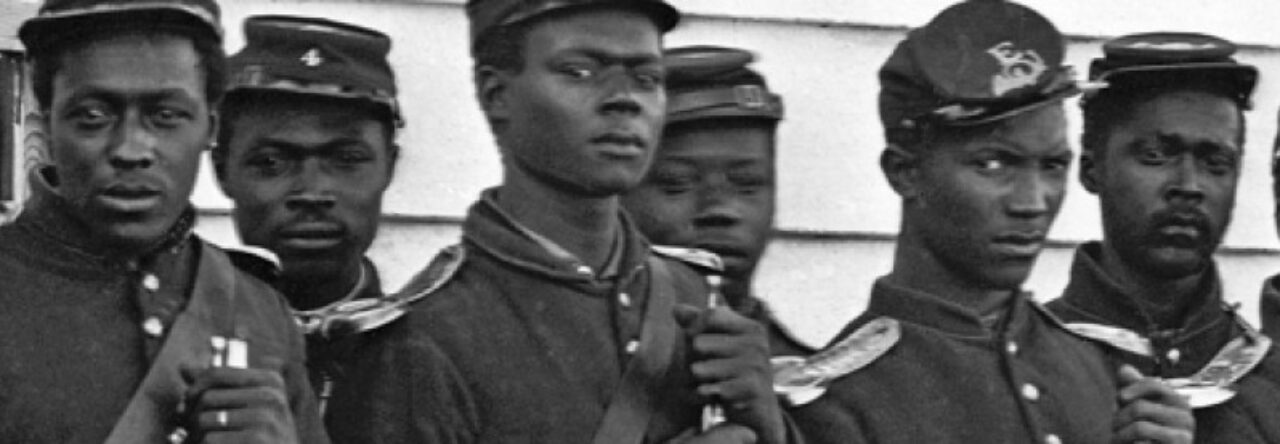As an elementary teacher in Virginia, the Civil War is primarily taught from the borders of Virginia with very little expanse outside of the state. This proves to be very difficult for students to get a full grasp of the war without at least taking a look at the bigger picture. The second challenge is taking what I’ve often referred to as “dates and dead people” and making it interesting and worth studying to a 10 year old.
I’ve used a similar method as given in the Dred Scott powerpoint by taking a look at images and allowing students to analyze them for what they see. Majority of the images I have used have come from the Mathew Brady collection. I carefully select images that don’t give it away that we’re talking about the Civil War, but just photographs with a variety of items in them that students can identify. First students view the photographs, listing items, people, and the geography they see. Then they share with partners their images and discuss what they believe is happening, where was the picture taken, when and why along with what evidence can they use to support their findings. When students share in small groups they discuss more indepth about what is seen in the photos and can begin to make connections between photographs. It’s fascinating to watch as the students begin to create their own stories behind what they believe is happening and by matching up items or places in the photos they begin to see a bigger picture, the significance and the problems. More photographs are added as the activity continues as if adding more pieces to a puzzle. Eventually I will include images of soldiers which gets those who thought this was a war excited because it’s their personal confirmation. The discussion is rich and questions begin to come out rapidly. Midway through the activity there are about 50 to 75 photographs scattered around the room and students are moving about to view them all. Some students will carry around a favorite to compare with other photos to find a link that they feel will answer the ultimate question – When did this take place and why? More often than not, students eventually can get that this was a major war, there was a lot of destruction and one of my favorite questions is when someone asks… Did they have a choice or were they forced to fight? From there I can begin to introduce letters from soldiers both Union and Confederate and try to uncover the reasons. At this point I’ve officially hooked their interest and have them wanting so much more information that our lessons, both required and extensions, become engaging, interactive and leaving everyone, (myself included) wanting to know more about the Civil War.
Pamplin Park in Petersburg, VA has a museum that inspired me to follow soldiers through the war with my students which is how I got the idea of looking at soldiers letters. James McPherson’s book For Cause & Comrades is going to be an excellent source for future activities. From what I’ve read so far, this book has done what I have been hoping to find in research for a while. The Gilder Lehrman site in both History by Era and Primary Sources will help springboard this very simple activity into a more 21st century style of learning all of which I’m looking forward to using.

Leave a Reply